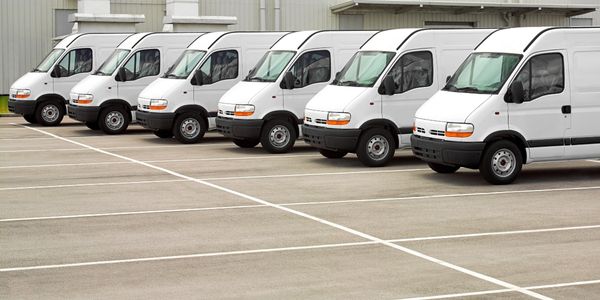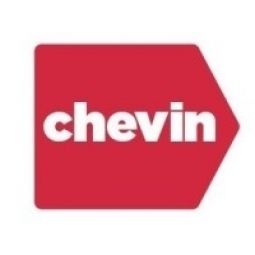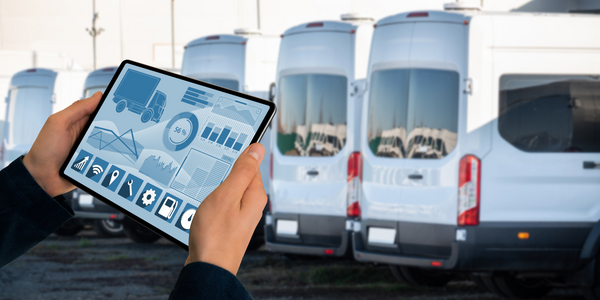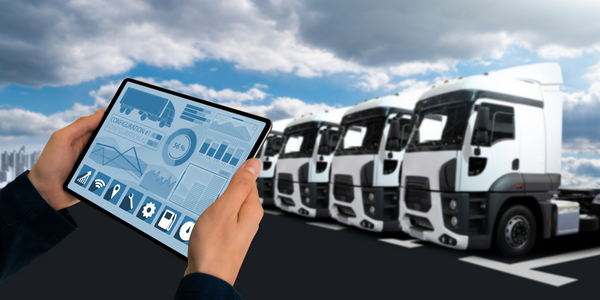Technology Category
- Functional Applications - Fleet Management Systems (FMS)
- Sensors - GPS
Applicable Functions
- Logistics & Transportation
- Procurement
Use Cases
- Fleet Management
- Vehicle Performance Monitoring
Services
- System Integration
About The Customer
Life Without Barriers (LWB) is a not-for-profit organization that has been operating nationally for over 21 years. The organization is dedicated to building relationships and providing programs to support various vulnerable groups. These include people with disabilities, children and young people in out of home care, older people, those with mental health issues, the homeless, and new migrants including refugees and asylum seekers. As part of its operations, LWB manages a fleet of over 1,130 vehicles, which are used to deliver its services. The organization recently decided to bring previously outsourced elements of its fleet in-house, aiming to improve control over all aspects of its fleet.
The Challenge
Life Without Barriers (LWB), a not-for-profit organization, was facing challenges in managing its growing fleet. The organization, which has expanded nationally over 21 years, provides programs to support people with disabilities, children and young people in out of home care, older people, those with mental health issues, the homeless, and new migrants including refugees and asylum seekers. As part of its initiative to improve control over all aspects of its fleet, LWB decided to bring previously outsourced elements of its fleet in-house. The Fleet Management Department would act as an internal fleet leasing agent, managing the procurement process from end to end. However, achieving optimum efficiency over the fleet was a significant challenge for LWB, as it was crucial to reduce non-essential costs throughout its business.
The Solution
To address the challenge of managing its growing fleet, LWB recognized the need for a powerful fleet management system. The organization partnered with us to implement our enterprise-level fleet management system, FleetWave. This system was designed to support LWB by aggregating data from a wealth of sources such as accident information, insurance, fuel, HR data, suppliers, vehicle manufacturers, repairers, and GPS providers. As a result, our system provided LWB with complete visibility over its fleet of more than 1,130 vehicles. This helped the organization manage associated business workflows and data more efficiently, ultimately enhancing service delivery.
Operational Impact
Quantitative Benefit

Case Study missing?
Start adding your own!
Register with your work email and create a new case study profile for your business.
Related Case Studies.

Case Study
IoT-based Fleet Intelligence Innovation
Speed to market is precious for DRVR, a rapidly growing start-up company. With a business model dependent on reliable mobile data, managers were spending their lives trying to negotiate data roaming deals with mobile network operators in different countries. And, even then, service quality was a constant concern.

Case Study
Vehicle Fleet Analytics
Organizations frequently implement a maintenance strategy for their fleets of vehicles using a combination of time and usage based maintenance schedules. While effective as a whole, time and usage based schedules do not take into account driving patterns, environmental factors, and sensors currently deployed within the vehicle measuring crank voltage, ignition voltage, and acceleration, all of which have a significant influence on the overall health of the vehicle.In a typical fleet, a large percentage of road calls are related to electrical failure, with battery failure being a common cause. Battery failures result in unmet service agreement levels and costly re-adjustment of scheduled to provide replacement vehicles. To reduce the impact of unplanned maintenance, the transportation logistics company was interested in a trial of C3 Vehicle Fleet Analytics.

Case Study
Zonar Takes the Wheel with a M2M Solution
Zonar’s fleet management solutions collect, report and analyze data before, during and after a vehicle’s trip. The company needed Machine-to-Machine (M2M) connectivity to enable communication between in-vehicle devices and back-end systems. To deliver high volumes of potentially sensitive information from and to moving vehicles – and keep pace with its rapid business growth – Zonar wanted a highly secure solution that it could easily manage and that had the required national and global reach.










